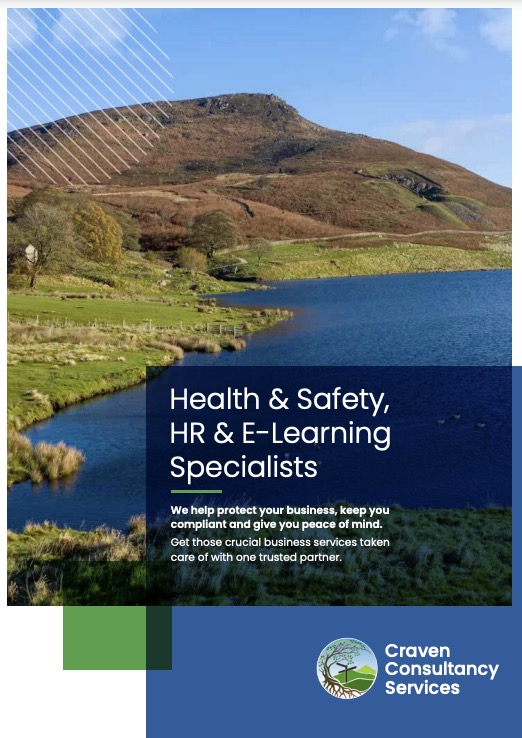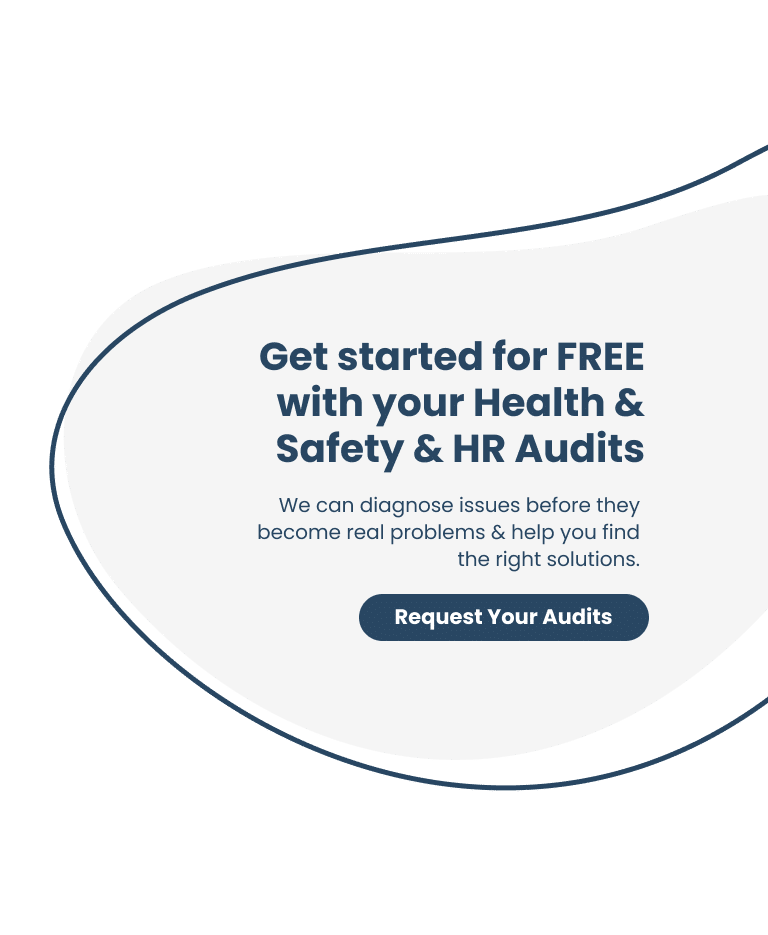SMEs across the UK are reviewing their budgets and planning for the year ahead. This time, however, businesses face an added challenge: rising National Insurance (NI) contributions. With increased employer costs and a lower contribution threshold, SMEs must adapt their financial strategies to stay competitive while managing rising payroll expenses.
So, what do these NI changes mean for your business, and how can you prepare? Let’s break it down.
The New National Insurance Rules: What’s Changing?
Key Updates
- Secondary Threshold Reduction
From April 2025, the Secondary Threshold—the earnings level above which employers must pay NI—will drop from £9,100 to £5,000. Employers will start paying NI on employee earnings above this lower limit.
- Employment Allowance Increase
The Employment Allowance, which lets eligible employers reduce their annual NI liability, will rise from £5,000 to £10,500 in April 2025. The previous restriction preventing employers with over £100,000 in secondary Class 1 NI liabilities from claiming this allowance will also be removed, making more businesses eligible.
- National Minimum Wage Increase
The National Living Wage is set to rise by 6.7%, reaching £12.21 per hour from April 2025.
How Will These Changes Affect SMEs?
Higher Employment Costs
For a business with multiple employees, these adjustments add up quickly. Under the old system, an employer would pay £552 annually per employee earning above £9,000. Now, this cost increases to £600 per employee—and that’s before considering the 1.2% rate rise on all earnings above the new threshold.
Increased Payroll Expenses for Certain Sectors
Industries reliant on part-time or lower-paid workers—such as hospitality, retail, and care services—will feel these changes most acutely. The additional payroll costs could put pressure on recruitment and staff retention.
Hiring & Pay Reviews Under Pressure
With higher employer NI contributions, SMEs may need to adjust hiring plans or reconsider pay increases to manage costs effectively. This means careful budgeting will be more crucial than ever.
How Can SMEs Prepare?
✅ 1. Reassess Hiring Strategies
When planning to bring in new employees, factor in the increased NI contributions. This ensures your business can afford additional salaries without compromising financial stability.
✅ 2. Conduct a Payroll Audit
A detailed review of your payroll can highlight where efficiencies can be made. Consider whether flexible working arrangements, bonuses, or alternative incentives can help attract and retain staff without significantly increasing wage costs.
✅ 3. Adjust End-of-Year Budgets
Now is the time to update your financial forecasts and recalculate employment costs to reflect the new NI rules. Planning ahead helps avoid unexpected expenses later.
✅ 4. Communicate with Your Team
Transparent communication with employees about budget challenges can help manage expectations. If salary increases aren’t feasible, explore other ways to reward and motivate staff, such as professional development opportunities or additional workplace benefits.
Looking Ahead: Turning Challenges Into Opportunities
While these changes present financial challenges, they also highlight the importance of strategic planning. By taking proactive steps now, SMEs can adapt, remain competitive, and build resilience for the future.
Now is the time to:
🔹 Assess your financial position
🔹 Plan for increased costs
🔹 Adapt hiring and payroll strategies
🔹 Engage with employees to find creative solutions
With careful planning, your business can navigate this transition successfully and set the stage for sustainable growth in the year ahead.
Strategic Impacts on Employment
Faced with higher payroll costs, SMEs are likely to revisit their employment strategies. Some of the potential adjustments include:
1. Hiring Freezes and Workforce Reductions
Many SMEs may opt to pause hiring altogether or reduce their existing workforce to offset the additional expense. This could lead to a tighter job market and slower business growth as companies struggle to balance staffing needs with financial sustainability.
2. Increased Reliance on Part-Time or Freelance Workers
To minimise NI contributions, businesses may shift towards employing more part-time, freelance, or contract workers who do not require the same level of employer contributions. This shift could change the traditional employment model within SMEs.
3.Adopt Flexible Work Models
Shifting to hybrid or remote work can reduce overhead by lowering office-related expenses. Platforms like Slack or Microsoft Teams can help keep communication smooth, even with a geographically dispersed workforce. You could also trial compressed workweeks, like a four-day week, to cut down on utility bills. If you need to maintain a physical office, hot-desking software can help you make the most of every square foot.
4. Outsourcing
Outsourcing offers SMEs a practical way to navigate the challenges posed by increased NI contributions.
Outsourcing as a Strategic Solution
By transferring certain functions to external providers, such as HR, Health and Safety and Training businesses can reduce their reliance on in-house staff and mitigate payroll expenses.
Outsourcing eliminates the need to pay employer NICs, pensions, and other associated costs for in-house employees. Instead, businesses pay for services as needed, often at a lower overall cost than maintaining a full-time workforce for the same functions.













